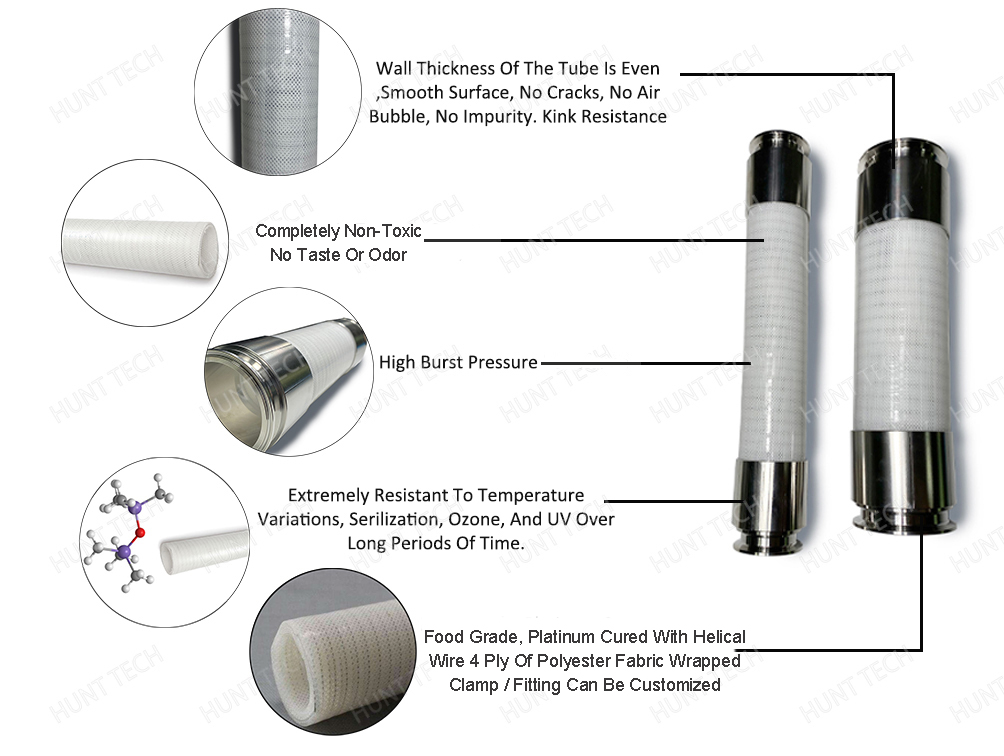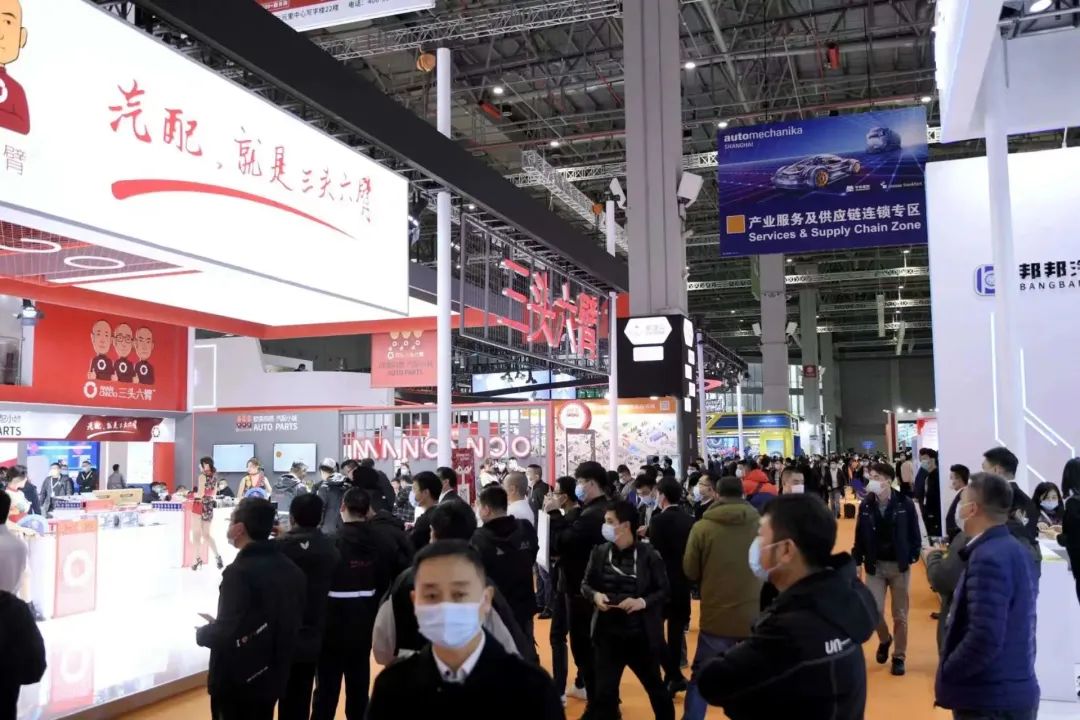Regarding hydrogen and fuel cell electric vehicles
Hydrogen and fuel cell electric vehicles (FCEVs)
Hydrogen fuel cell vehicles are driven by electric motors and therefore belong to the category of electric vehicles. The common abbreviation is FCEV, which stands for Fuel Cell Electric Vehicle, as opposed to BEV or Battery Electric Vehicle.
A significant difference between hydrogen fuel cell vehicles and other electric vehicles is that they generate electricity themselves. This means that unlike pure electric or plug-in hybrid vehicles, the vehicle does not have an internal battery that can be charged through an external power source. On the contrary, the fuel cells inside hydrogen fuel vehicles can serve as a reliable power source for the vehicle itself.
How does a hydrogen engine work?
In FCEV fuel cells, hydrogen and oxygen generate electrical energy. As needed, this energy is directed into the electric motor and/or battery.
In fuel cell technology, a process called reverse electrolysis occurs, in which hydrogen reacts with oxygen in the fuel cell. Hydrogen comes from one or more built-in cylinders in the FCEV, while oxygen comes from the surrounding air. The only result of this reaction is electricity, heat, and water, which are released in the form of water vapor through exhaust. So hydrogen powered cars have zero emissions in the local area.
The electricity generated by hydrogen engine fuel cells can have two paths depending on the specific driving requirements. It either flows to the motor, providing power directly to the FCEV, or charges the battery, storing energy until the engine needs it. This type of battery is called peak power battery, which is much smaller than the battery of pure electric vehicles and therefore lighter because it can be continuously charged through fuel cells.
Like other electric vehicles, hydrogen powered vehicles can also recover or "restore" braking energy. The electric motor converts the kinetic energy of the car back into electrical energy and inputs it into a backup battery.
In FCEV fuel cells, hydrogen and oxygen generate electrical energy. As needed, this energy is directed into the electric motor and/or battery.
The advantages and disadvantages of hydrogen powered vehicles
Eliminating automobile exhaust emissions - greenhouse gases and urban smoke.
Efficient utilization of energy.
Open up multiple low-carbon intensity transportation fuel supply channels.
Almost no engine noise and a lively start, as the electric motor provides sufficient torque even at low speeds.
Fast charging time. Depending on the charging station and battery capacity, pure electric vehicles currently require 30 minutes to several hours to fully charge.
On the other hand, the hydrogen tank of fuel cell vehicles will be filled in less than five minutes and ready to start again at any time.
For users, this makes the usability and flexibility of the vehicle consistent with traditional cars.
Hydrogen powered vehicles have a longer range than pure electric vehicles. A gas tank filled with hydrogen can travel about 300 miles. 480 kilometers). Battery powered cars require matching very large batteries, which in turn can lead to an increase in vehicle weight and charging time.
The driving range of fuel cell vehicles does not depend on external temperature. In other words, it will not spoil in cold weather.
Current user shortcomings:
At present, the biggest drawback of hydrogen fuel cell vehicles is that there are too few available fuels to choose from. Hydrogen engines are fueled by special fuel pumps, which are likely to enter regular gas stations in the future. However, based on the current situation, there are still very few gas stations for hydrogen powered vehicles. By the end of 2019, there were only about 40 in the United States, while there were about 40 in the United States. Germany has 80.
Where does hydrogen come from?









